Never Odd or Even REVIEW
Never Odd or Even REVIEW
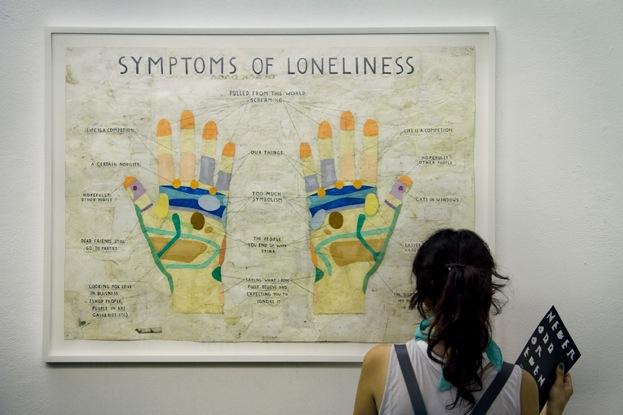
Before there was text there was the image, a subjective representation of the surrounding reality. The text itself seems to be more complex. It consists of many layers including the semantic, the information, and the visual layer. In everyday life we focus on the meanings of words, which are formed by individual letters, not perceiving their other values and assets. Words have to be moved to another context to stop us for a moment and make us see them from another perspective.
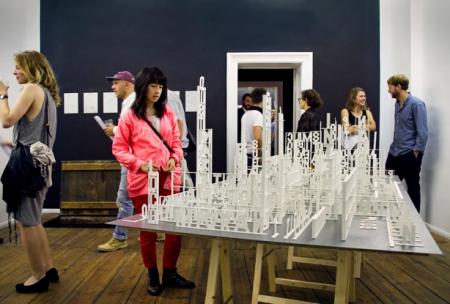
Curated by Solvej Helweg Ovesen “Never odd or even” – is an attempt to illuminate how text can function as part of a visual language. Although its approach is multitudinous, text is a central idea to the artistic practices of each included artist (Rosa Barba, Erick Beltrán, Mariana Castillo Deball, Nanna Debois Buhl & Brendan Fernandes, Simon Evans, Lise Harlev, Peter Fischli & David Weiss, János Fodor, Ferdinand KRIWET, Ján Mančuška, Ciprian Mureșan, Henrik Olesen, Adam Pendleton, Pablo Pijnappel, Sebastián Romo, Dmitry Vilensky (Chto Delat?), Philip Zach). Presented artworks trace back their origins from Concrete Poetry, Dadaist and Futurist Manifestos, as well as from the theory of intertextuality and methods of mind mapping (for example, Sebastián Rom, Simon Evans). Text plays an important role in the creation process and is indispensably integrated into the source, meaning and esthetic of the works, bringing to attention the role of the artist and artistic subject in the production and reception both in current and historical socio-political context as well as in relation to the exhibition space.
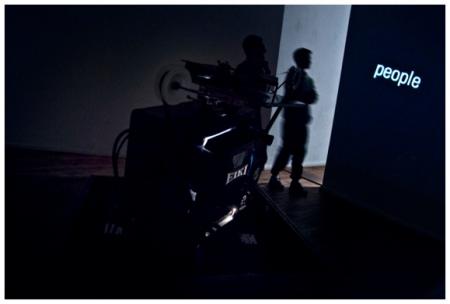
Artworks come into view as wall texts, projections and spoken, enacted and filmed prose, aerating and extending the architectural and imaginary space and questioning the dichotomy of “inside” and “outside”. The boundaries of text are permeable; the “words” transfigure into “world”. There is no beginning and no end, which refers to the theory of Gérald Genette who in the late 70’s adopted the notion of “transtextuality” to define everything that puts one text in relation to others - whether obvious or obscure. Moreover he distinguishes the concept of “architextuality” – the designation of a text as part of a genre or genres. The writing and art scene go hand in hand.
The structure of the exhibition can be compared to the structure of the book. Every room can be read as another chapter of the same tale. Passing from one room to another reveals to us different perspectives of the textuality. The architectural layout of the gallery allows the exposing and unfolding of particular batches of the display like exploring new plots in a novel or a story. Interactive relations between the artwork and audience transform viewers into readers and co-authors. The artists are like literary heroes whose fates (in this case: artworks) compose the whole story.
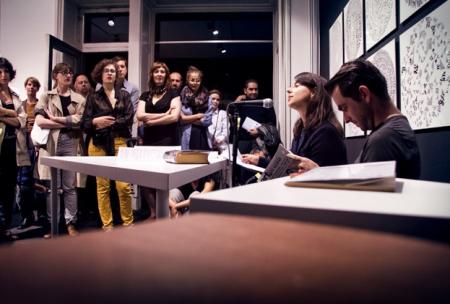
This is no coincidence. The starting point of the exhibition, its title and the main axis of the show was a project of “unwritten books” by Berlin-based artist Mariana Castillo Deball. The project consists of 30 book covers designed by creative producers, which imagine content performed by well-known German authors (like Ingo Niermann), poets, theoreticians and artists. “I like books as examples of how you organize the world (…). In a way all knowledge is stored in a books and I am obsessed with how classification works and how different orders are mixed together,” said the originator of the project.
We are living in a society in which our perception is directed almost equally to reality and its representation. Life is lived through texts and framed by texts more than we would normally assume. As Roland Barthes declared, “A text is... a multidimensional space in which a variety of writings, none of them original, blend and clash. The text is a tissue of quotations...” *
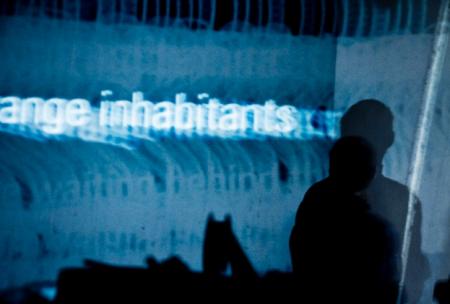
*Barthes, Roland (1977): Image-Music-Text.London: Fontana